
Ocean Freight Rates from China to US Have Tripled Compared To Last Year
Due to current backlogs as a result of the pandemic, space on container ships from Asia to the US is extremely tight and rates have gone through the roof. Booking space is even more problematic and could easily take 4-6 weeks to get a booking. As a result of the high demand and tight space, eastbound transpacific ocean freight rates are now more than 3 times higher than the same period last year.
Read more at:
https://www.freightwaves.com/news/inflation-alert-container-shipping-rates-have-just-spiked-again
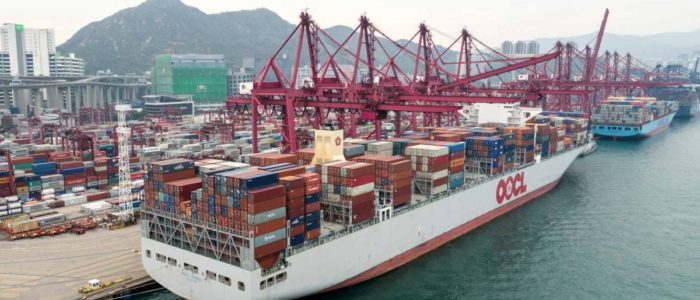
Sky High Ocean Freight Rates From Asia Attract Government Scrutiny
Ocean carriers have been skipping sailings to shore up their bottom line during the virus-induced downturn in manufacturing and consumer demand. Tactical blank sailings combined with record breaking rate spikes in the trans-Pacific trade have increased carrier profitability now that manufacturing and demand are coming back online. Decreased capacity and increased rates are helping ocean carriers recover at the expense of the global economy while suppliers struggle to meet pent up consumer demand. Government regulators have begun to exert pressure on ocean carriers to restore capacity and restrict rate increases. It has been customary to blank sailings during the Chinese Golden Week holiday, however the threat of intervention will surely impact carrier cost manipulations and capacity decisions.
Read more about this trend at:
https://www.freightwaves.com/news/red-hot-ocean-rates-could-spark-government-intervention
(Photo credit: OOCL)
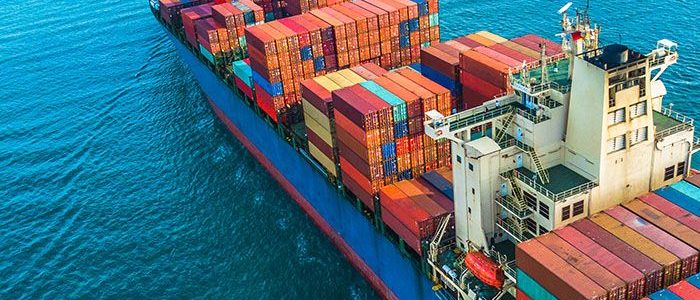
Spot Rates Quoted By Shipping Lines Are Often Lower Than Service Contract Rates
Given the increased efficiencies achieved through digital freight platforms, dynamic pricing in the spot rate market often yields lower rates than service contracts. Contract rates are agreements between a shipper and a carrier in which a shipper commits to a large annual volume of containers in order to benefit from a lower rate than that offered to the general public.
Read more on JOC.
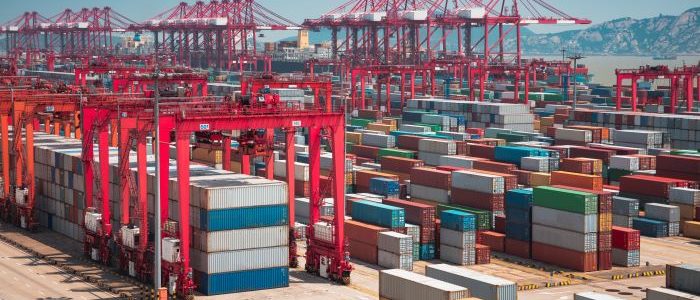
Container Rates for Trans-Pacific Freight From the US to Asia Hit Rock Bottom
The imbalance of trade between Asia and the US keeps trans-Pacific westbound freight rates lower than eastbound rates. Most ships arriving from Asia to the US are heavily booked, while the return voyages are booked at less than 40% capacity. The imbalance is compounded by the current trade war. The strong dollar and retaliatory tariffs from China have made exporting from the US more costly. Further downward pressure on rates is caused by a larger volume of low value commodities like scrap materials being exported to Asia, while finished consumer goods imported to the US command higher freight rates. To learn more about the reasons for lower westbound freight rates, read here.
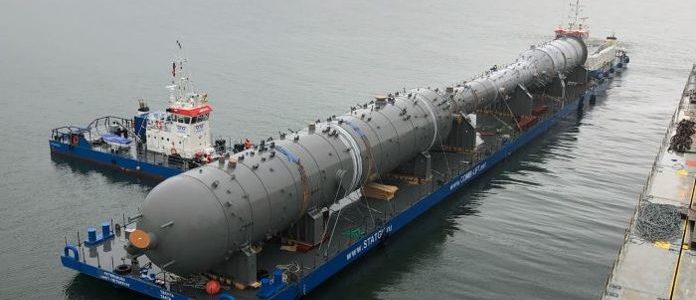
Oversize Project Cargo Transported Via Seasonal River Route To Reach Otherwise Inaccessible Remote Destination
Huge pieces of cargo for a gas processing plant in Russia are being transported using custom designed multi-modal methods and custom designed lifting equipment. Transport from the ocean port of discharge to the inland destination involves a fleet of barges, tug boats, shallow draft pontoons and purpose built cranes. The river journey requires 21 days to navigate over 1400 miles of shallow waters. It will take 5 seasons to transport all 176,000 tons of oversize equipment needed as the river is only accessible several months each year.
Read more about this oversize cargo project at: JOC
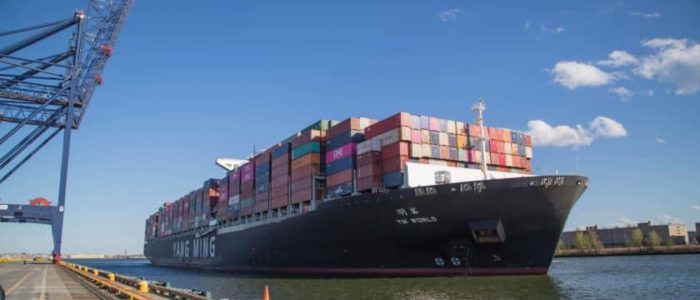
New York is the First Port of Call
New York is the first port of call for most container ships arriving at US east coast ports, due to its ability to handle ultra-large container ships and easy access to the Midwest. Factors that make NY attractive for the biggest carriers include the recent raising of the Bayonne Bridge, improvements in its waterways, major capital investments and the imminent completion of the ExpressRail terminal in Bayonne. Read about the recent arrival of the YM World at Freightwaves.
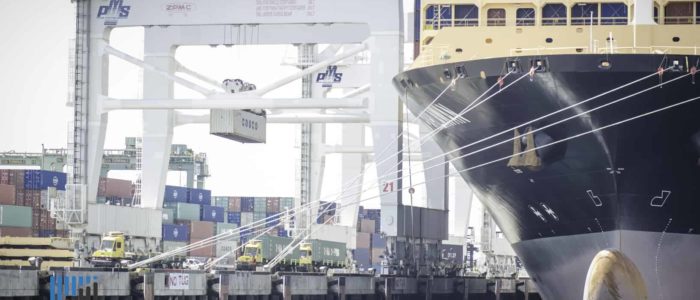
Ocean Freight Rates
Ocean freight rates are impacted by reversals in short and long term demand as a result of the trade wars. According to some analysts, container rates from China typically increase with demand before tariff increases take effect. Once the tariffs are in place, demand softens, creating downward pressure on freight rates. Read more from Freightwaves here.